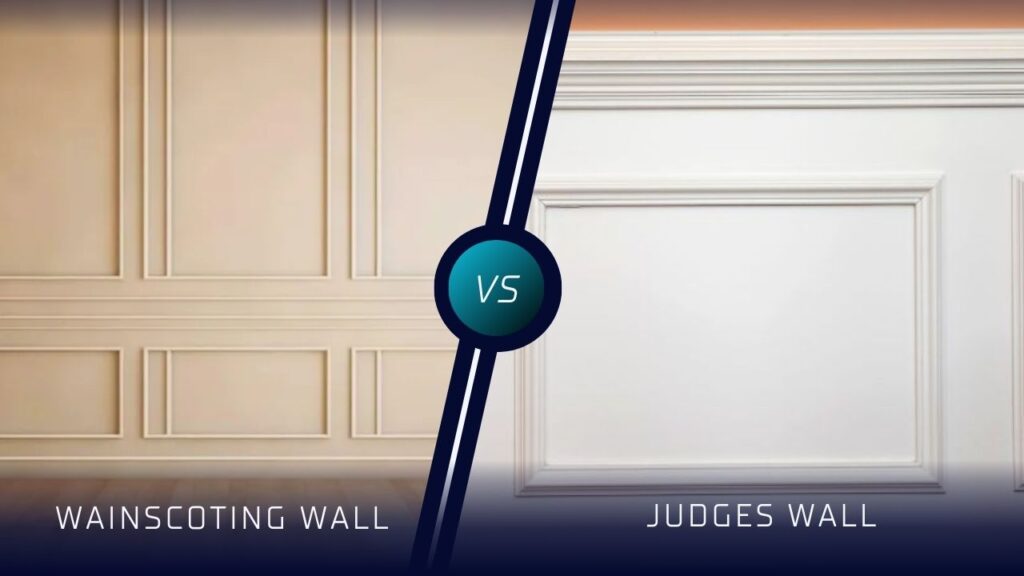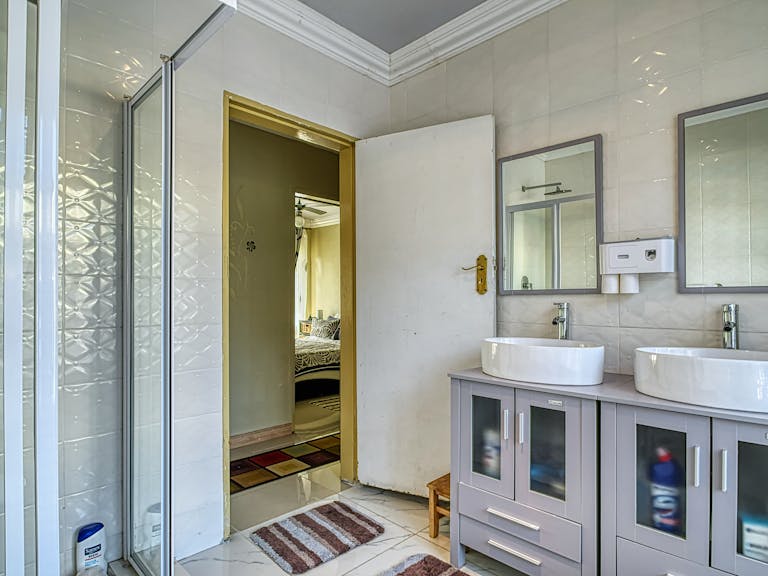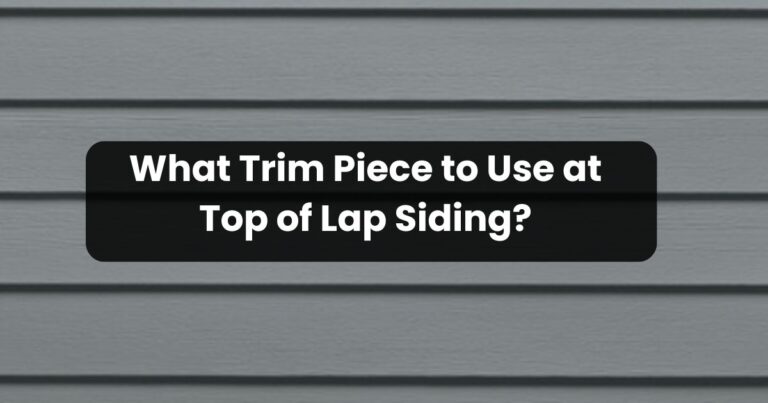
When it comes to enhancing the interior design of a home, wall treatments play a crucial role in adding character and sophistication. Among the most popular decorative wall treatments are wainscoting and judges paneling. While these two styles may appear similar at first glance, they have distinct characteristics, applications, and historical backgrounds. In this article, we will explore the differences between wainscoting and judges paneling to help you determine which option best suits your home.
What is Wainscoting?
Wainscoting is a broad term used to describe decorative wooden paneling applied to the lower portion of interior walls. Traditionally, wainscoting was used to provide insulation and protect walls from damage, but today it serves primarily as an aesthetic feature.
Types of Wainscoting:
- Beadboard – Features narrow vertical planks with a small groove, commonly used in cottage-style or coastal homes.
- Raised Panel – Has protruding panels framed by decorative moldings, offering a more traditional, formal look.
- Flat Panel – Features recessed panels with a clean, simple design, often found in Craftsman or contemporary homes.
- Board and Batten – Consists of vertical boards with narrow strips (battens) covering the seams, providing a rustic or farmhouse appeal.
Wainscoting is typically installed to a height of 32 to 42 inches from the floor, covering the lower third of the wall. It is a versatile option that can be painted or stained to match various interior styles.
What is Judges Paneling?
Judges paneling, sometimes referred to as “judicial paneling,” is a more formal and traditional wall treatment that creates the appearance of solid wood paneling covering an entire wall or a significant portion of it. This style is commonly associated with law offices, libraries, and historically styled homes.
Key Features of Judges Paneling:
- Deep, Raised Panels – Judges paneling typically features large, raised rectangular panels framed by heavy moldings, creating a sophisticated and timeless look.
- Dark Wood Finishes – Traditionally crafted from rich hardwoods like mahogany, walnut, or oak, judges paneling is often stained rather than painted to highlight the natural wood grain.
- Full Wall Coverage – Unlike wainscoting, which covers only the lower portion of the wall, judges paneling often extends from floor to ceiling or at least covers the majority of the wall.
- Formal and Stately Aesthetic – This type of paneling is commonly seen in classic or colonial-style homes, lending an air of elegance and refinement.
Differences Between Wainscoting and Judges Paneling
| Feature | Wainscoting | Judges Paneling |
|---|---|---|
| Coverage | Lower third of the wall | Extends higher or covers the full wall |
| Panel Style | Beadboard, raised, flat, or board and batten | Large, raised panels with heavy moldings |
| Material | MDF, plywood, or solid wood | Typically solid hardwood |
| Finish | Painted or stained | Usually stained to highlight wood grain |
| Aesthetic | Casual to elegant, depending on style | Formal, traditional, and stately |
| Common Locations | Dining rooms, hallways, bathrooms | Libraries, offices, living rooms |
Which One is Right for You?
Choosing between wainscoting and judges paneling depends on the overall style and function of the space:
- If you prefer a versatile, classic look that works in various home styles, wainscoting is a great choice.
- If you want a formal, luxurious feel with rich wood tones, judges paneling is the way to go.
- For modern or casual homes, wainscoting provides flexibility in design.
- For traditional and historical settings, judges paneling creates a timeless and prestigious atmosphere.
Conclusion
Both wainscoting and judges paneling add elegance and charm to a home’s interior. While wainscoting offers a more adaptable and decorative touch, judges paneling creates a strong, distinguished statement. By understanding the differences, homeowners can make an informed decision that complements their style and enhances their living space.



